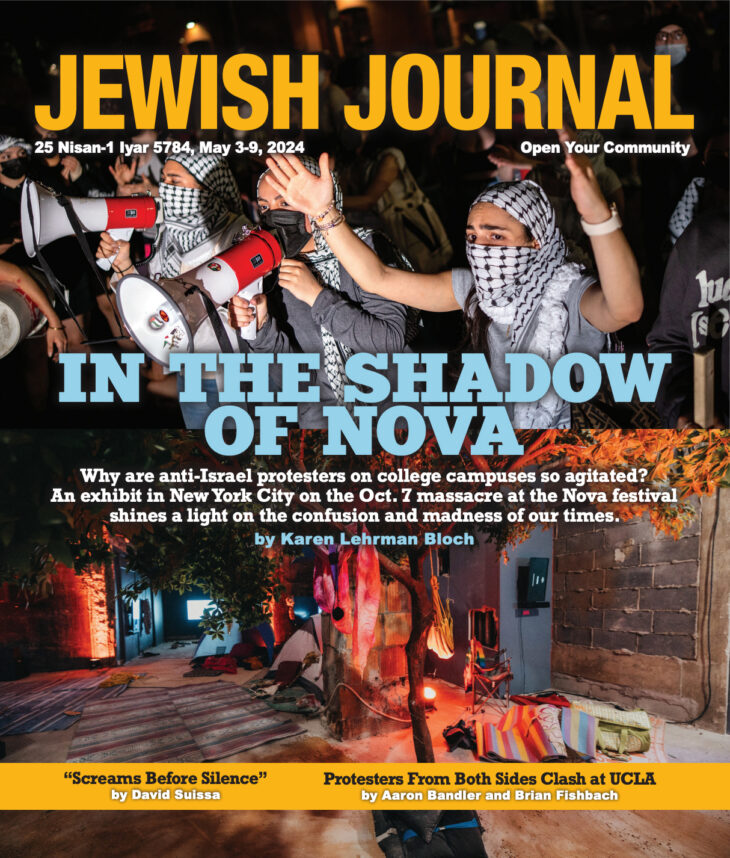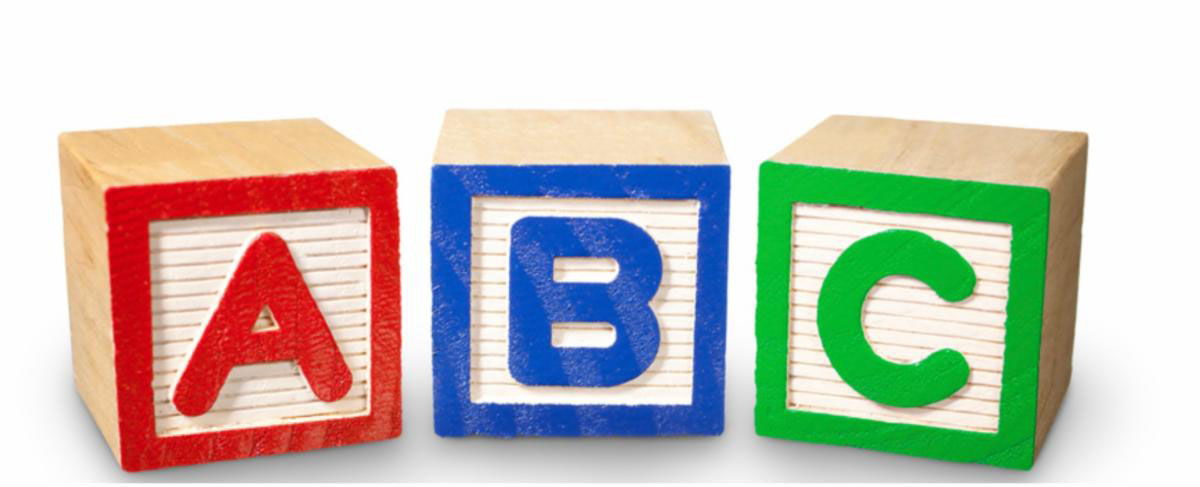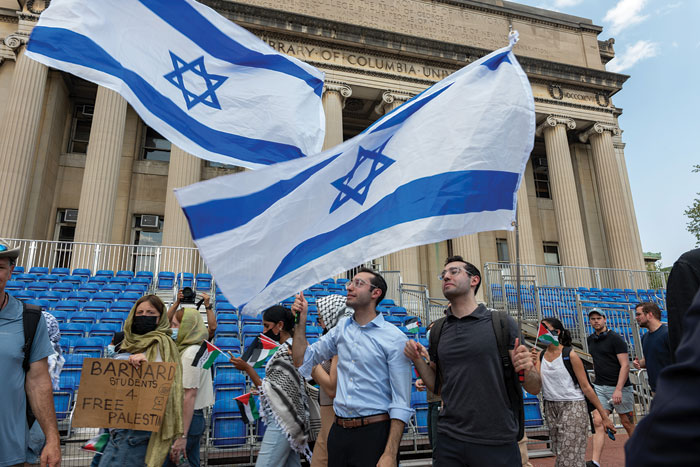This week Jews worldwide will observe Rosh Hashanah, the beginning of both the new Jewish year and the Days of Awe period that ends with their names being sealed in God’s book – for better or worse – on Yom Kippur. Rosh Hashanah is a sabbath of introspection and repentance, and Jews are encouraged to reflect on the previous year’s sins, make amends wherever possible, and resolve to do better in the coming year. Moreover, they get what many Christians would love to have: a special 10-day period during which they can try to alter the divine decree for them in the coming year. God pencils in our fates on Rosh Hashanah, and after observing our repentance, prayer and charity during the Days of Awe, He sometimes pulls out an eraser before finalizing everything with a permanent marker on Yom Kippur. I’m sure that this belief alone has inspired people to sign up for an Intro to Judaism course.
The holiday’s themes definitely resonate with Latter-day Saints, who enjoy mini-Rosh Hashanahs on 48 Sundays of the year (churchwide and local conferences take up the other 4 Sundays). Mormons are expected to reflect and repent prior to partaking of the sacrament (blessed bread and water) during the main Sunday worship service. In this way they renew the covenants that they made with God at their baptism. If they do not repent and therefore feel unworthy on any given Sunday to renew these covenants, they are supposed to decline the bread and water when they are passed to them. We don’t blow shofars during our services (alas!), but we do listen intently to the words of the sacramental prayers, which remind us of our obligations as members of the Church. [While the Bible is silent on the meaning of the shofar, many interpret it as a call to repentance and introspection].
Pulpit rabbis are expected to speak to their congregations at this time of year; indeed, their sermons are eagerly anticipated and often parsed for deeper meanings. A similar dynamic happens in the worldwide LDS community each fall. Because of the Jewish lunar calendar, the two days of Rosh Hashanah can coincide exactly with the fall session of General Conference. The largest annual gathering of Mormons in the world, it is held on the first weekend of October (a spring conference is also held in April). Church leaders give talks on spiritual topics that are transmitted via satellite around the world, and huge crowds of the faithful fill the 21,000-seat Conference Center and other buildings in Salt Lake City. How appropriate that modern Jews gather on Rosh Hashanah to hear their rabbis and shofars call them to repentance and introspection around the same time that their Mormon brothers and sisters gather to hear their prophets preach similar themes.
I wish all of my readers much happiness, love and spirituality in the coming new year.
Shana tova.





















 More news and opinions than at a Shabbat dinner, right in your inbox.
More news and opinions than at a Shabbat dinner, right in your inbox.